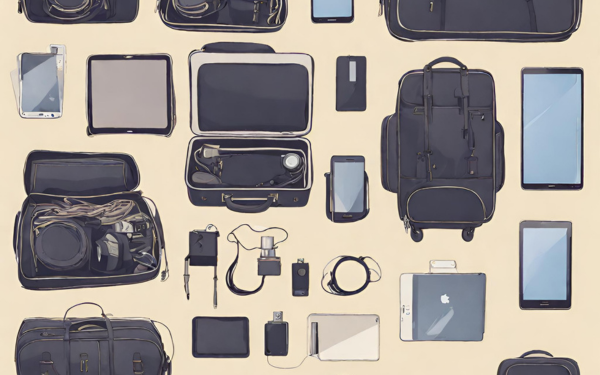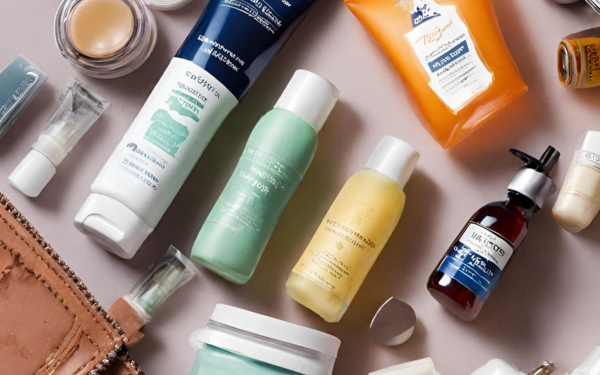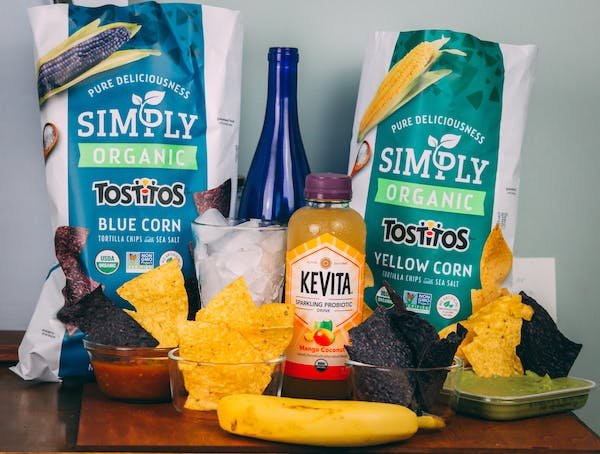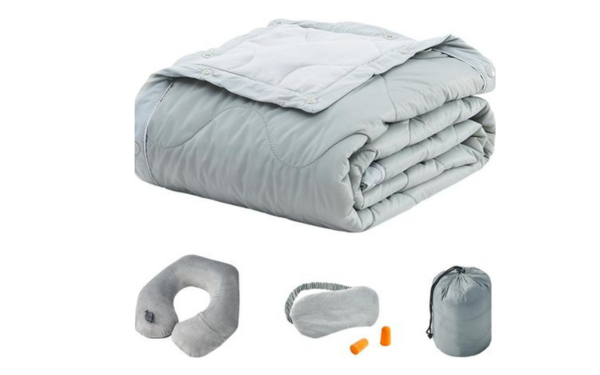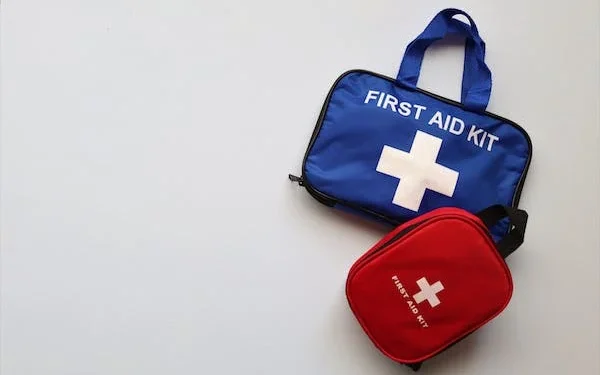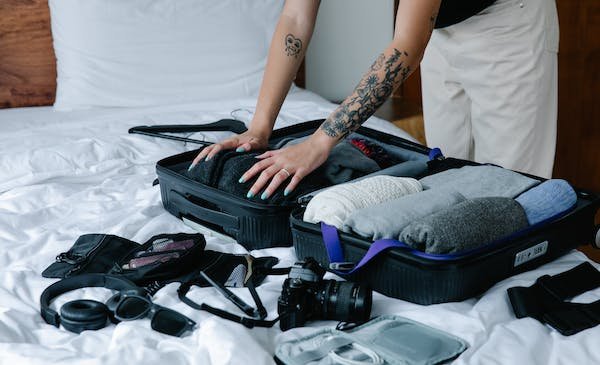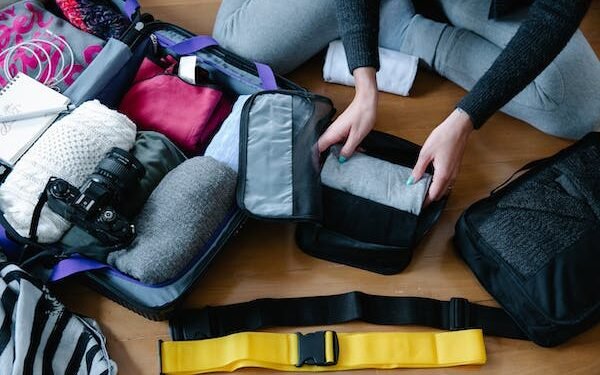FAQ
Most frequent questions and answers
According to TSA regulations, liquids, gels, and aerosols in containers larger than 3.4 ounces (100 milliliters) are not permitted in carry-on bags unless they are in a clear, quart-sized plastic bag. Each passenger is allowed one quart-sized bag of liquids, with each container holding no more than 3.4 ounces. Exceptions may apply for medications, baby formula, and breast milk, but they must be declared at security checkpoints.
Your carry-on bag should contain essential items to keep you comfortable and entertained during the flight. This includes travel documents (passport, boarding pass, visas), entertainment (books, magazines, electronic devices), snacks, water (empty refillable bottle to fill up after security), comfort items (travel pillow, blanket, eye mask), and any necessary medications or personal items.
Each airline has its own policies regarding baggage size, weight limits, and fees for checked luggage. It’s crucial to check with your specific airline for their guidelines, as they may vary. Generally, international flights allow for larger baggage allowances compared to domestic flights. Be aware of any excess baggage fees and pack accordingly to avoid additional charges.
To maximize space in your suitcase, consider rolling your clothes instead of folding them, using packing cubes to organize and compress clothing, layering clothing strategically, filling empty spaces with smaller items like socks and underwear, and utilizing vacuum-sealed bags for bulky items like jackets and sweaters.
Avoid packing prohibited or restricted items in your carry-on bag to expedite the security screening process. This includes sharp objects (knives, scissors), firearms, explosives, flammable liquids, and large liquids (containers over 3.4 ounces). Check the TSA website for a comprehensive list of prohibited items and always comply with airline and airport regulations.



